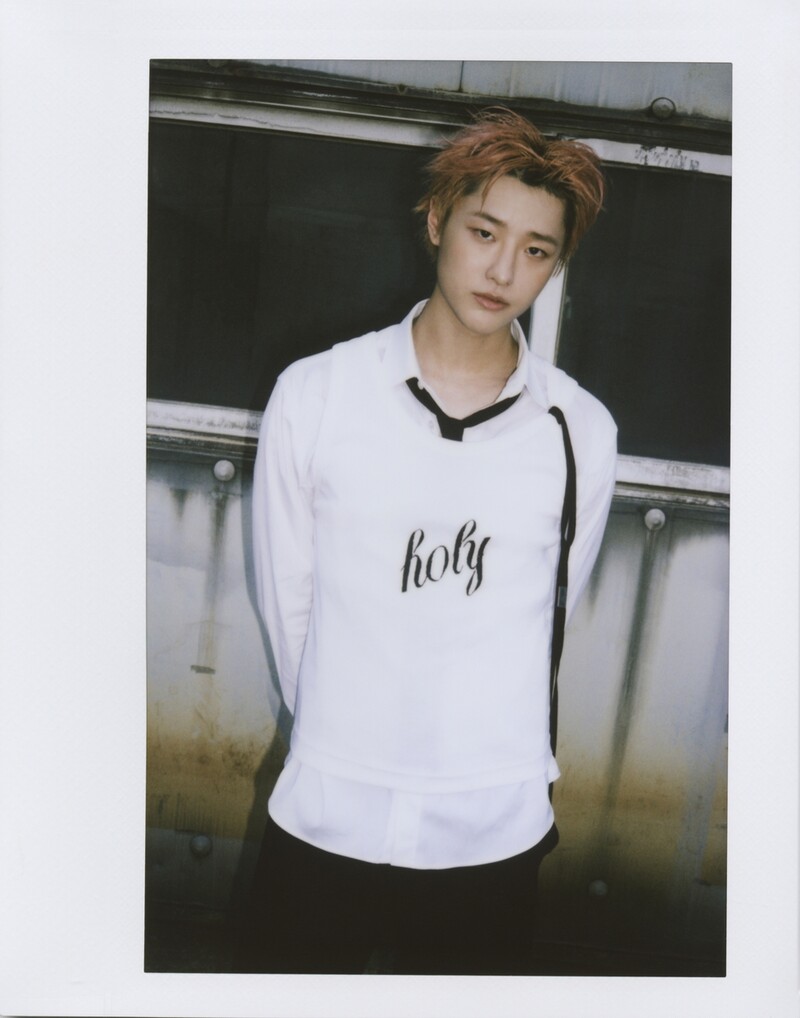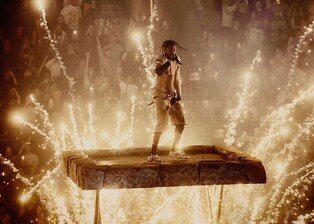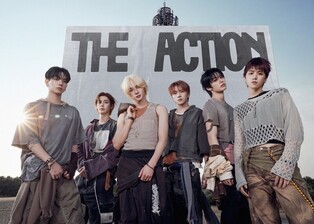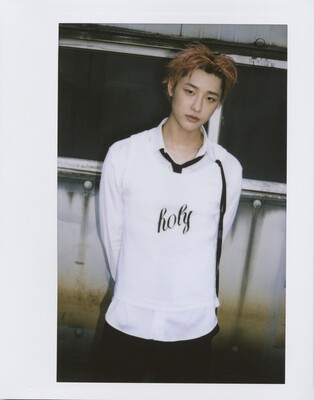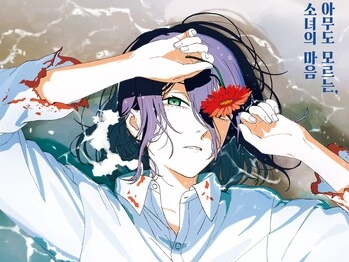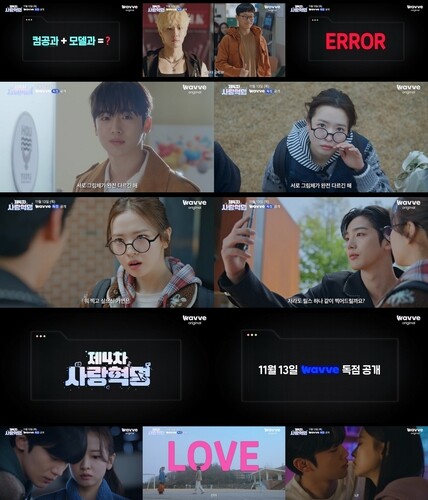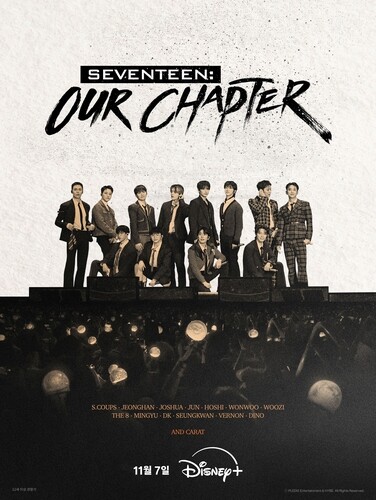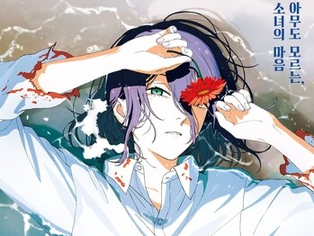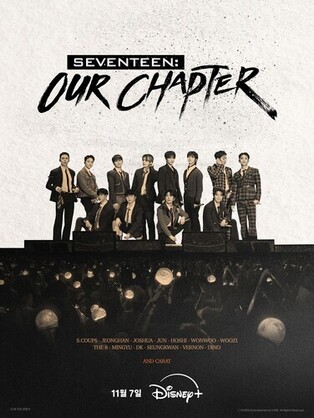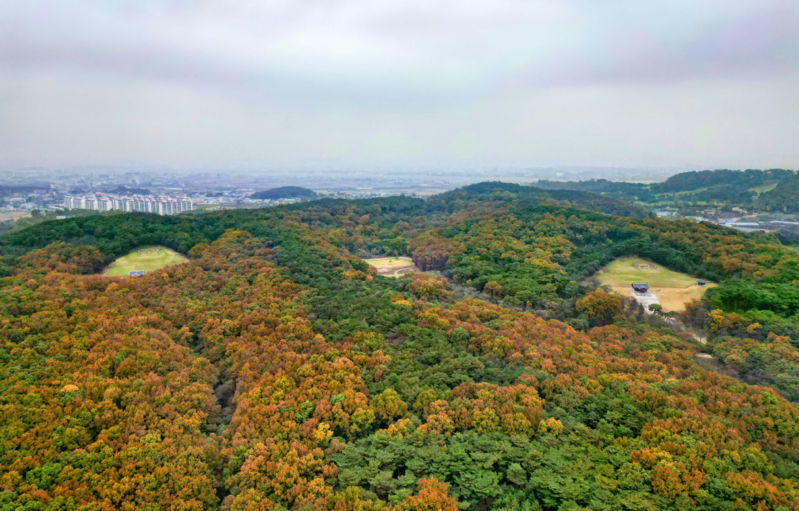 |
King Jeongjo’s eulogy for his late father
The royal tombs of Joseon are spaces where one can reflect on past history and explore the beauty of nature. It is a place where one can contemplate the stories intertwined with kings and queens and admire the changes of the seasons in picturesque surroundings. Among these, Yungneung and Geolleung in Hwaseong, Gyeonggi Province, where many familiar stories' protagonists lie, were visited.
Tragic family history in Joseon Dynasty
The stories of King Yeongjo, Crown Prince Sado, Lady Hyegyeong, and King Jeongjo have been used as subjects in various dramas, movies, and literary works. Each character's story and the historical background seemed to have elements that attracted public interest.
In the Annals of the Joseon Dynasty, there is a story of the Crown Prince who met his death in 1762. The Crown Prince, facing King Yeongjo who decided to end his life, pressed his head on the ground, and his son (later King Jeongjo) followed suit. King Yeongjo hugged his son and let him out. The Crown Prince passed away eight days later, confined by the order of King Yeongjo. King Yeongjo posthumously honored the Crown Prince with the title of "Sado" in mourning.
In the Joseon era, which embraced Confucianism as its ruling ideology, great care was taken in constructing royal tombs. King Jeongjo, who ascended the throne later, is also known to have devoted himself to Yungneung due to his longing for his father.
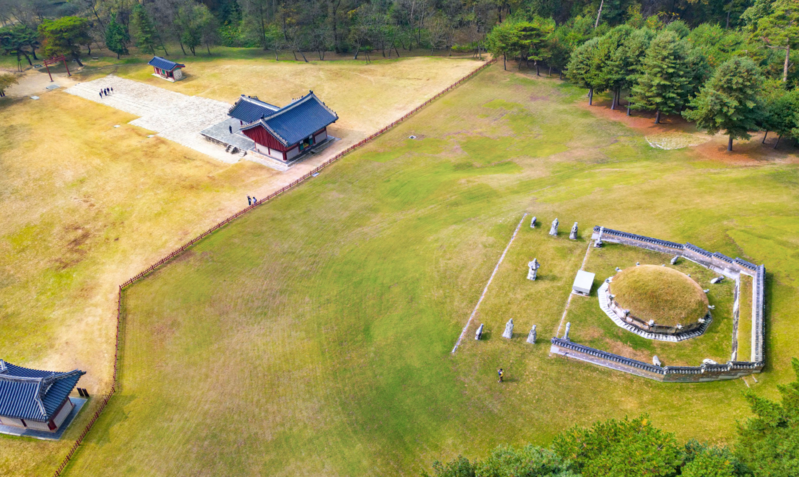 |
| ▲ Yungneung (Yonhap) |
The Splendid and Beautiful Yungneung
Last month, amid the lingering atmosphere of late autumn, I headed to Hwaseong, Gyeonggi Province.
As I drove for about two hours, rows of trees shedding their leaves passed by. Yungneung and Geolleung are not far apart, so they share the same entrance.
Upon arriving at the entrance of the royal tombs, I looked at the guide map, which indicated the paths to Yungneung and Geolleung through the forest. Shortly after passing the entrance, a fork in the road appeared. Perhaps due to my interest in Crown Prince Sado, I turned right towards Yungneung.
After about 10 minutes, Hongsal Gate came into view, followed by Jeongjagak behind it.
Since the filming application had been submitted in advance, I was able to climb up to the Nengchim with the local guide.
Among the natural surroundings, I could see the imposing bongbun and surrounding stone sculptures such as mongma (horse-shaped stone), munseokin (scholar stone), museokin (warrior stone), seokyang (stone sheep), and seokho (stone tiger).
Most noticeable was the sturdy folding screen stone surrounding the bongbun. Lotus and peony patterns were visible, and below the stone, there were tile-shaped patterns. Overall, it exuded a splendid and delicate atmosphere.
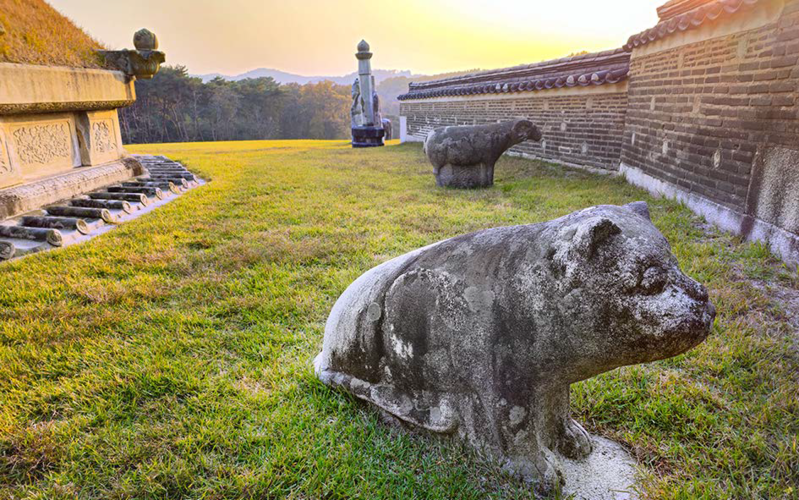 |
| ▲ Auspicious animal figures in Yungneung (Yonhap) |
After the Crown Prince's death, a tomb named “Sooeunmyo” was built in Baebongsan, Dongdaemun-gu, Seoul. King Jeongjo later elevated it to "Yeonguwon" and moved it to its current location in 1789. The tomb was later renamed to "Hyeollyungwon."
King Jeongjo performed ancestral rites in Hyeollyungwon for 11 years over 12 ceremonies. Lady Hyegyeong joined him after her passing. In 1899, when the tomb was elevated to a higher status, it became the present Yungneung.
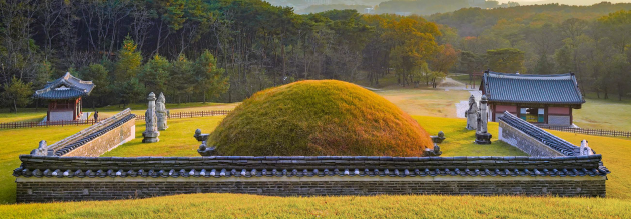 |
| ▲ Yungneung (Yonhap) |
Geolleung, simple and serene
I made my way to Geolleung, where King Jeongjo is buried. It took about 20 minutes to briskly walk the quiet path.
Once again accompanied by a guide, we climbed up to the burial mound. Instead of a folding screen stone, there were only railing stones. It left a simpler impression compared to Yungneung, perhaps due to the different historical context at the time.
Initially, Geolleung was constructed near Hyunleungwon, an eastern hillside close to the former location of the tomb. The location reflected King Jeongjo's wish to be buried beside his father during his lifetime. However, when Queen Hyo passed away, there were opinions about the unfavorable geomancy of the original location of Geolleung. As a result, it was moved to its current location and became a joint tomb with Yungneung.
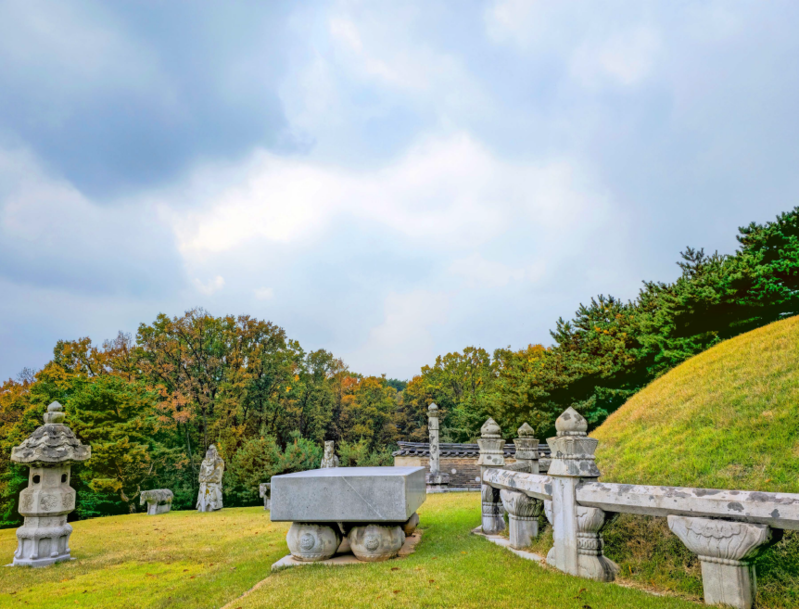 |
| ▲ Geolleung (Yonhap) |
The original location where King Jeongjo was initially buried can be found by following the forest path signs within the royal tomb. This location was not known until 2011-2012 when the scale of the burial mound area, wall facilities, and artifacts were discovered. Now, there is a guidepost labeled "King Jeongjo's tomb site."
Climbing up the sloping mound of Geolleung, one could see pine trees standing neatly at the rear like a folding screen. Just like at Yungneung, the sound of the wind rustles through the pine trees now and then.
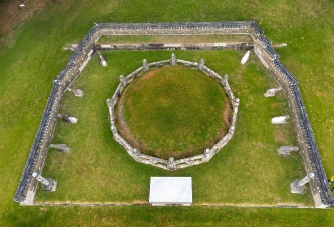 |
| ▲ Geolleung (Yonhap) |
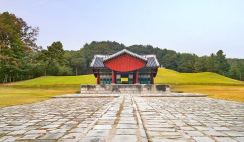 |
| ▲ Entrance to Geolleung (Yonhap) |
A healing space for everyone
Yungneung and Geolleung seemed to attract a steady stream of visitors. Families, couples, and groups of friends are commonly seen. Idle strollers and young mothers with kids also contributed to the serene atmosphere.
Pine trees grow along the walking paths, providing the refreshing forest air. The dirt paths were well-maintained, with fallen leaves gathered in arranged gardens. Benches were strategically placed for visitors to sit and relax, like an organized park.
Descending the wooden stairs from Yungneung to Geolleung, there were places where silver grass spread out, providing a beautiful backdrop for those taking photos.
The filming team visited the royal tombs in the morning and afternoon on consecutive days. The scenery varied depending on the time of day; the pine forest looked refreshing when the sun was shining, but as dusk approached, it took on a more solemn atmosphere. Various species of trees, including pine, juniper, chestnut, oak, and birch, lined the walking paths.
The filming crew frequently stopped to read the explanatory signs installed along the way, and as time passed, their interest in the royal tombs seemed to deepen. A total of 40 royal tombs in Korea, including Yungneung and Geolleung, were listed as UNESCO World Heritage Sites in 2009 in recognition of their historical and universal value.
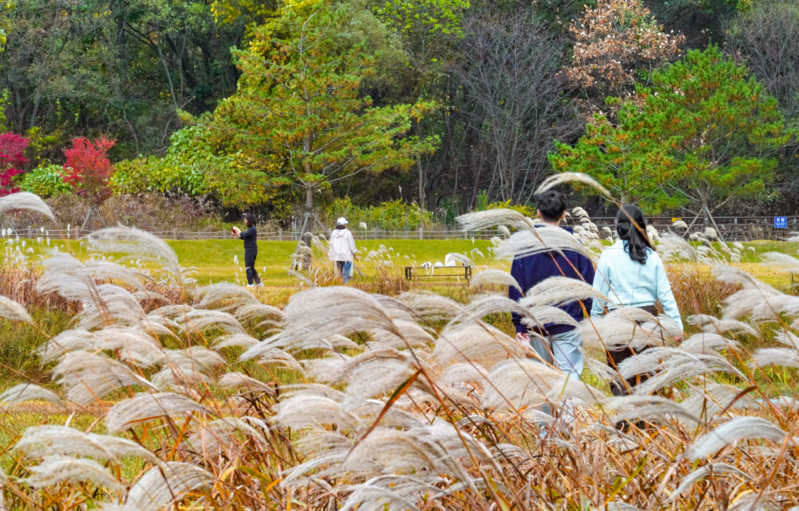 |
| ▲ Visitors take a walk in the gardens around the royal tombs of Yungneung and Geolleung. (Yonhap) |
Yongjusa Temple, founded by King Jeongjo
Yonjusa Temple is about 2 kilometers away from Yungneung and Geolleung. It only takes a few minutes to drive there. The Buddhist temple is known to have been built by King Jeongjo in 1790 to honor Crown Prince Sado.
Originally, Yongju Temple was founded during Silla Dynasty as Galyangsa but was destroyed during the frequent wars of the Goryeo Dynasty. Over time, King Jeongjo established the temple at the site of the tomb. As a temple of remembrance, it houses the spirit tablets of Crown Prince Sado, Lady Hyegyeong, King Jeongjo, and Queen Hyo.
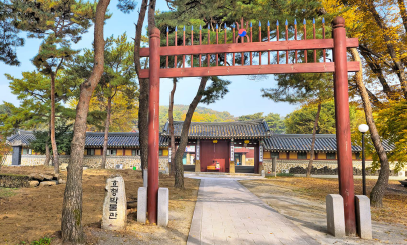 |
| ▲ The Hongsal Gate of Yongjusa Temple (Yonhap) |
Upon entering the temple, there is a sense of fascination in observing the surroundings. Passing through the Hongsal Gate, one encounters the Sammun (three gates), a palace-style structure not commonly seen in other temples. Beyond the Sammun is the Cheonboru (heavenly treasure pavilion), where the high stone pillars beneath the wooden pillars catch the eye like a palace architecture.
I was intrigued by the three-section structure of the central Daeungbojeon (main Buddha hall) and the shapes of the altar and closing doors inside. Through the crevices of the temple's main hall, one can glimpse the Yongjusa Temple bell, a national treasure. According to the guidepost, it is described as a Beomjong (temple bell) from the early Goryeo period, exhibiting Silla-style features.
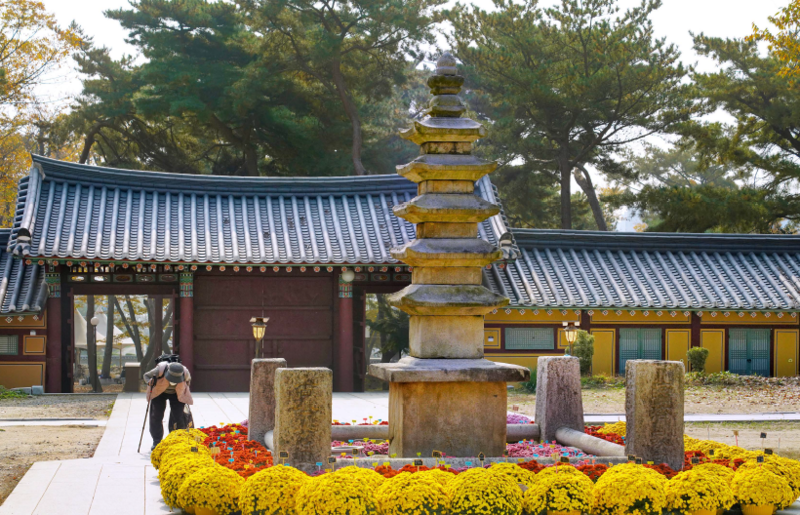 |
| ▲ Sejonsari Pagoda in Yongjusa Temple (Yonhap) |
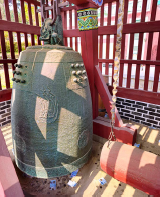 |
| ▲ Yongjusa Temple bell, designated as a national treasure. According to the guidepost, it is described as a Beomjong (temple bell) from the early Goryeo period, exhibiting Silla-style features. (Yonhap) |
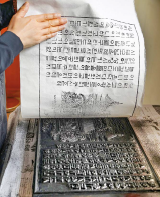 |
| ▲ A visitor makes a rubbed copy of Bumoinjunggyeong (Yonhap) |
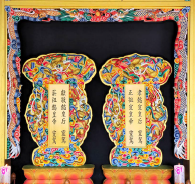 |
| ▲ Memorial tablets of King Jeongjo and his father, Sado (Jangjo), shrined in Yongjusa Temple. (Yonhap) |
(C) Yonhap News Agency. All Rights Reserved

















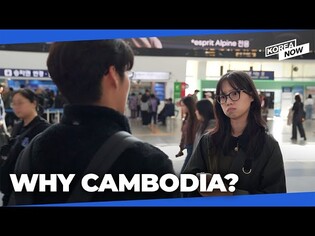
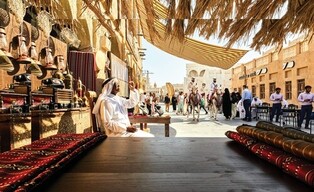

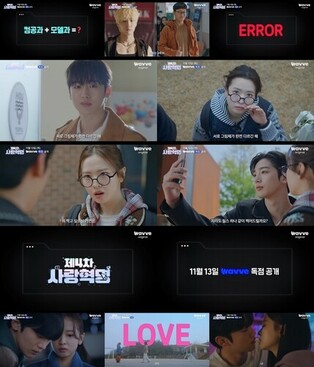
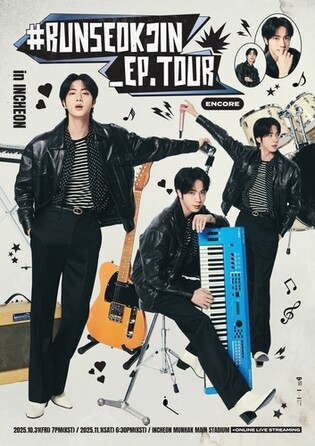
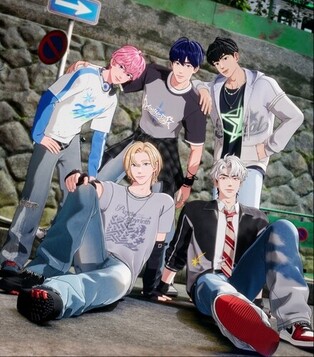
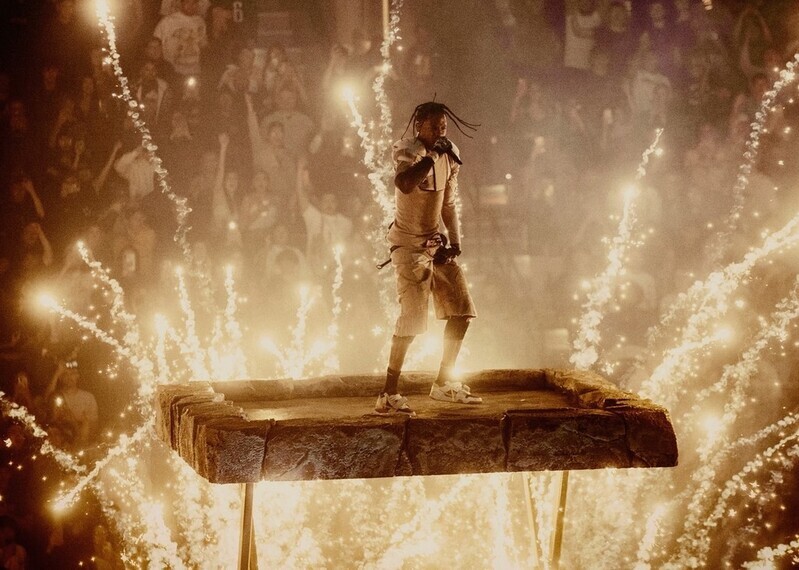
![[가요소식] 보이넥스트도어, 신보로 3연속 밀리언셀러 달성](/news/data/20251025/yna1065624915905018_166_h2.jpg)
